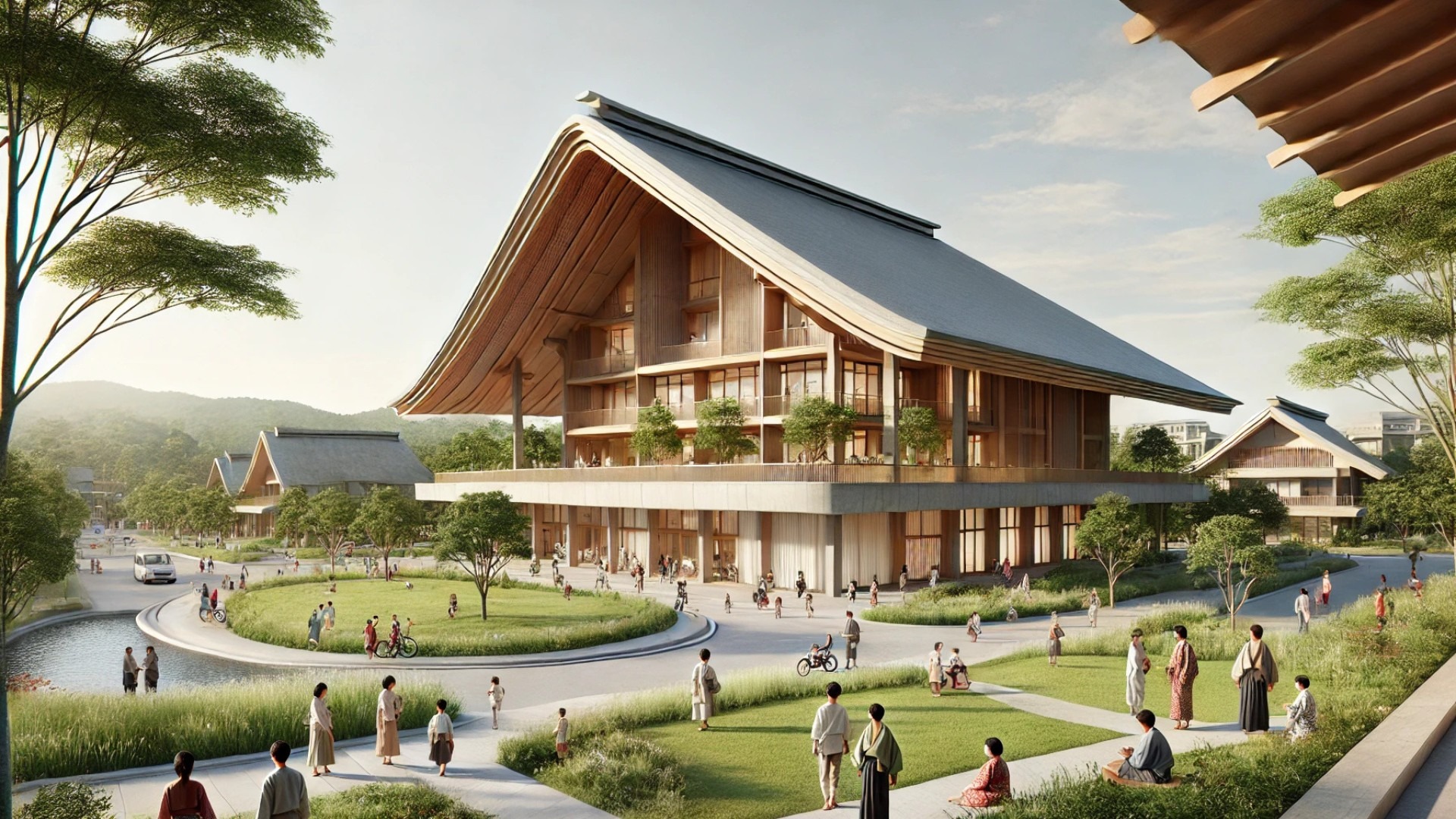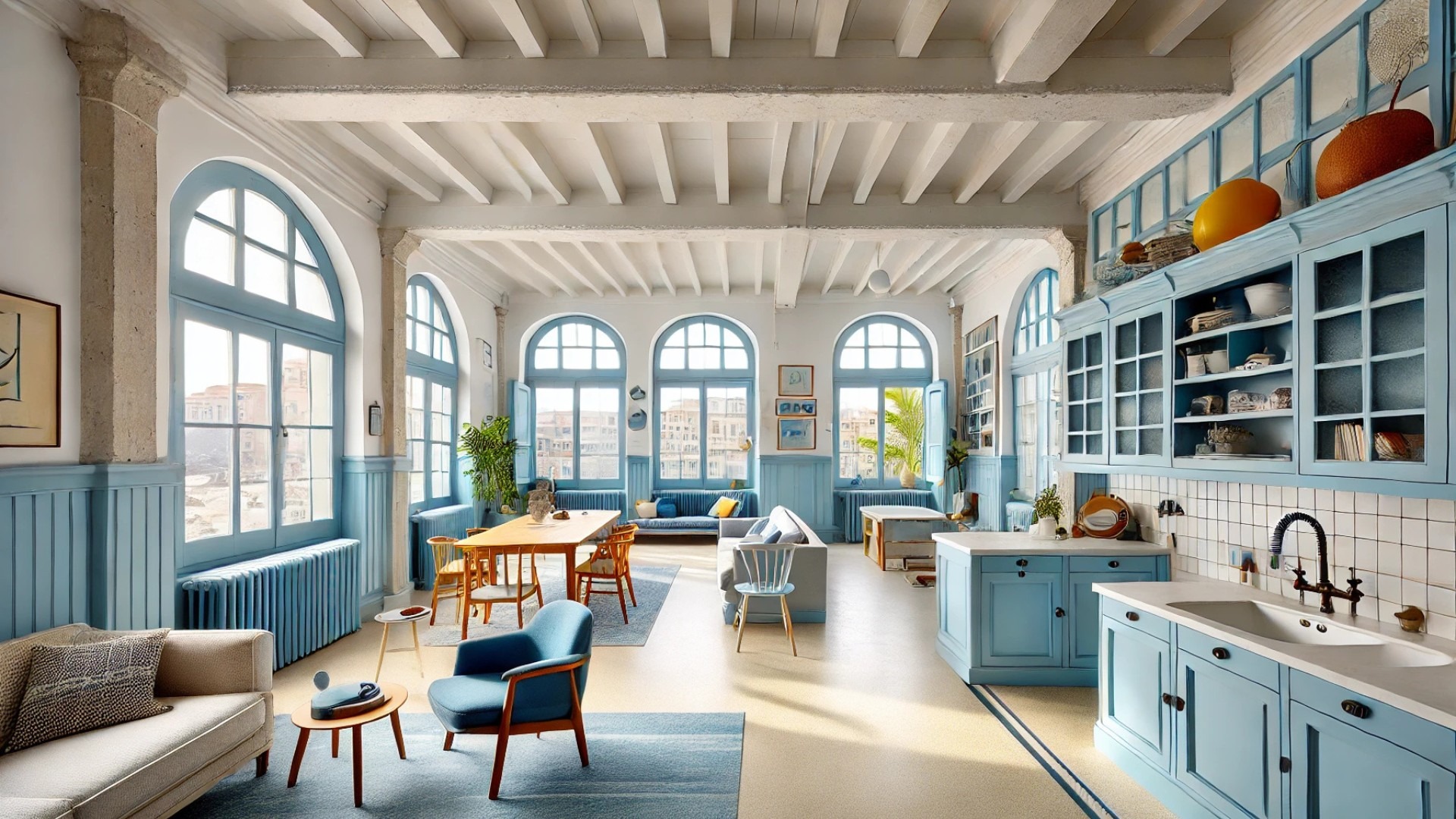
The Heart of Community: A New Architectural Gem in Matsuyama
In the suburbs of Matsuyama, Ehime Prefecture, a transformative architectural project known as the House for Matsuyama Tomo-no-Kai has emerged. Designed by the innovative team at Ogawa Nishikori Architects, this facility aims to strengthen community ties through education and shared experiences focused on family management and children’s learning.
The Design: A Blend of Tradition and Modernity
The building, completed in 2022, showcases a striking large gabled roof, reminiscent of a "big house," which is a familiar sight in Japanese architecture. This choice of form not only creates a welcoming ambiance but also serves a practical purpose. Under this grand roofing structure, multiple flexible spaces come together around a central lobby. This encourages both intimate gatherings and larger community events, promoting the sharing of knowledge and experiences.
How Architecture Enhances Community Engagement
Community centers are often the heart of neighborhoods, and the design of the Matsuyama Tomo-no-Kai encapsulates this essence. As the architects explain, the layout ensures seamless movement within the space, supporting various activities aimed at enhancing family life. By catering to a diverse group of users—from infants to seniors—the center becomes a hub for learning, sharing, and connecting.
Natural Light and Ventilation: A Breath of Fresh Air
The innovative use of high-side windows crafted into the roof structure introduces ample natural light while promoting ventilation. The strategic placement of these windows responds to the area's prevailing wind patterns, ensuring comfortable temperatures and maintaining a pleasant atmosphere inside. This thoughtful design not only elevates the aesthetic experience but also enhances the building's function as a nurturing environment.
Balancing Functionality with Aesthetics
The beauty of the House for Matsuyama Tomo-no-Kai lies not only in its form but also in its function. It stands as a testament to how modern architecture can incorporate sustainable practices while remaining firmly rooted in community needs. Facilities like this remind us that architecture can be a powerful catalyst for social interaction, fostering relationships among residents and contributing to a vibrant local culture.
Looking Ahead: Future of Community Architecture
As we look towards future developments, the Matsuyama project serves as a model for other architectural endeavors focusing on community engagement. With its emphasis on inclusive design and environmental awareness, it demonstrates how contemporary architecture can evolve to meet the growing demand for spaces that facilitate connection and well-being.
The significance of community-centered architecture cannot be overemphasized, as such spaces become vital in shaping and supporting communal identities. As we witness more designs that focus on these principles, the future of architecture looks not just promising but profoundly impactful.
 Add Row
Add Row  Add
Add 

 Add Row
Add Row  Add Element
Add Element 




Write A Comment